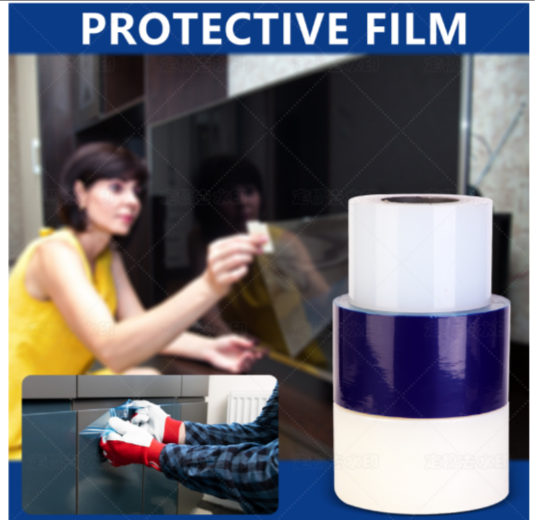Packaging Paperboard Eco-Friendly & Durable Material for Cosmetic & Food Use
- Understanding the Versatility of Packaging Paperboard
- Technical Advantages Over Traditional Materials
- Comparative Analysis of Leading Manufacturers
- Custom Solutions for Diverse Industries
- Case Studies in Cosmetic and Food Sectors
- Sustainability Metrics and Industry Compliance
- Future Trends in Paperboard Packaging Material

(packaging paperboard)
Understanding the Versatility of Packaging Paperboard
Packaging paperboard has emerged as a cornerstone material across industries due to its adaptability and eco-friendly profile. Unlike rigid plastics or metals, paperboard offers a lightweight yet durable solution for cosmetic, food, and retail packaging. With a global market valuation projected to reach $218.4 billion by 2028 (Statista, 2023), its demand is fueled by shifting consumer preferences toward sustainable materials. Innovations in coatings and structural designs now enable paperboard to withstand moisture, grease, and mechanical stress, making it ideal for high-end applications.
Technical Advantages Over Traditional Materials
Modern paperboard outperforms alternatives like plastic or glass in key areas:
- Weight Reduction: 40–60% lighter than glass, reducing shipping costs by up to 25%.
- Barrier Properties: Advanced polymer coatings achieve 99% oxygen and UV resistance.
- Recyclability: 85% of paperboard is recycled vs. 9% of plastics (EPA, 2022).
Comparative Analysis of Leading Manufacturers
| Manufacturer | Product Specialization | Thickness Range (mm) | Recycled Content (%) | Cost Efficiency (USD/ton) |
|---|---|---|---|---|
| Mondi Group | Food-grade paperboard | 0.25–1.2 | 70–100 | 1,200–1,500 |
| Graphic Packaging | Cosmetic packaging | 0.3–1.5 | 60–90 | 1,350–1,600 |
| Stora Enso | High-barrier solutions | 0.2–1.0 | 80–95 | 1,400–1,700 |
Custom Solutions for Diverse Industries
Tailored paperboard solutions address specific sector needs:
- Cosmetics: Embossed finishes and magnetic closures for luxury branding.
- Food Packaging: FDA-compliant grease-resistant liners for frozen goods.
- Pharma: Tamper-evident folds with printable safety guidelines.
Case Studies in Cosmetic and Food Sectors
Case 1: A European skincare brand switched to paperboard cosmetic packaging, achieving a 32% reduction in carbon footprint while boosting shelf appeal. Sales rose by 18% post-transition.
Case 2: A US snack manufacturer adopted paperboard for food packaging, leveraging its microwave-safe properties. Customer complaints about grease leakage dropped by 41% within six months.
Sustainability Metrics and Industry Compliance
Paperboard’s lifecycle analysis reveals:
- CO2 emissions: 1.2 kg per kg of material vs. 3.8 kg for plastics (Ellen MacArthur Foundation).
- Water usage: 22 liters per kg, 60% lower than aluminum production.
Future Trends in Paperboard Packaging Material
The next decade will see smart paperboard integrated with NFC chips for supply chain tracking and augmented reality labels. Biodegradable coatings derived from algae are already in pilot phases, promising zero-waste decomposition within 12 weeks. As brands prioritize ESG goals, paperboard’s role as a low-carbon, high-performance packaging material will dominate cross-industry strategies.

(packaging paperboard)
FAQS on packaging paperboard
Q: What are the benefits of using paperboard for food packaging?
A: Paperboard for food packaging is lightweight, recyclable, and provides excellent printability for branding. It meets strict food safety standards (e.g., FDA or EU regulations) and offers grease-resistant options for oily products.
Q: How durable is paperboard cosmetic packaging?
A: Paperboard cosmetic packaging is designed to be sturdy and tear-resistant, ensuring product protection. It can be coated or laminated for water resistance and customized to support luxury finishes like foil stamping or embossing.
Q: Is paperboard packaging material eco-friendly?
A: Yes, most paperboard packaging is made from renewable, biodegradable, or recycled materials. It is widely recyclable and aligns with sustainability goals, reducing carbon footprint compared to plastic alternatives.
Q: Can paperboard packaging handle heavy items?
A: While paperboard is ideal for lightweight to medium-weight products, its strength depends on thickness and construction. Corrugated or multi-layered designs enhance durability for heavier items like electronics or gourmet foods.
Q: What customization options exist for paperboard cosmetic packaging?
A: Options include custom shapes, sizes, and finishes like matte/gloss coatings, UV spot treatments, or magnetic closures. Digital printing allows vibrant designs, while embossing adds a premium touch for brand differentiation.
-
The Best Uses for Small Trash Bags in Daily LifeNewsJul.01,2025
-
Stylish Reusable Grocery Bags TrendsNewsJul.01,2025
-
Shipping Advantages of Using Bubble Envelopes BulkNewsJul.01,2025
-
How Compostable Mailing Bags Reduce Environmental ImpactNewsJul.01,2025
-
Environmentally - Friendly Bulk Poly MailersNewsJul.01,2025
-
Eco Friendly Custom Laminated Tote BagsNewsJul.01,2025
-
Have the freedom of customizing your custom mailers any way you want! Our dedicated packaging support will help deliver you the mailing experience you need to elevate your shipping experience to the next level! Start making a strong impression on your customers and stand out from your competitors! -
LIYA uses high quality raw materials which directly purchased from large enterprises domestic and overseas such as PetroChina, Sinopec, Sabic, Equate, ExxonMobil, Dow Chemical, Total, and Borouge, ensuring the price advantage and quality of the raw materials. -
LIYA uses high quality raw materials which directly purchased from large enterprises domestic and overseas such as PetroChina, Sinopec, Sabic, Equate, ExxonMobil, Dow Chemical, Total, and Borouge, ensuring the price advantage and quality of the raw materials.





